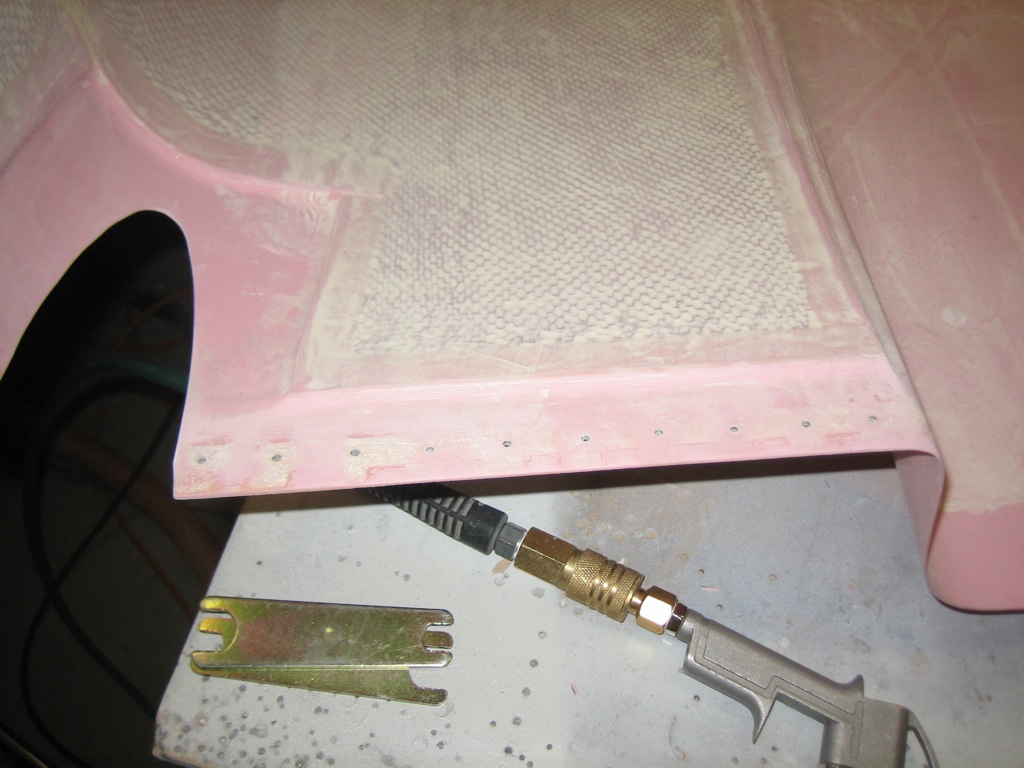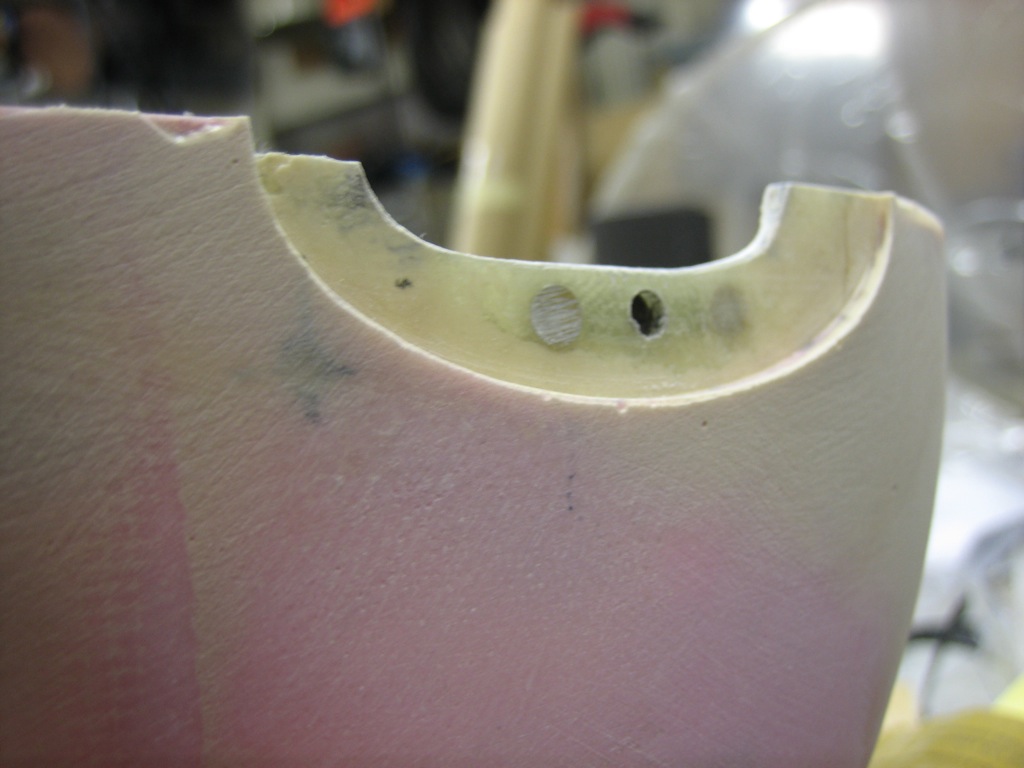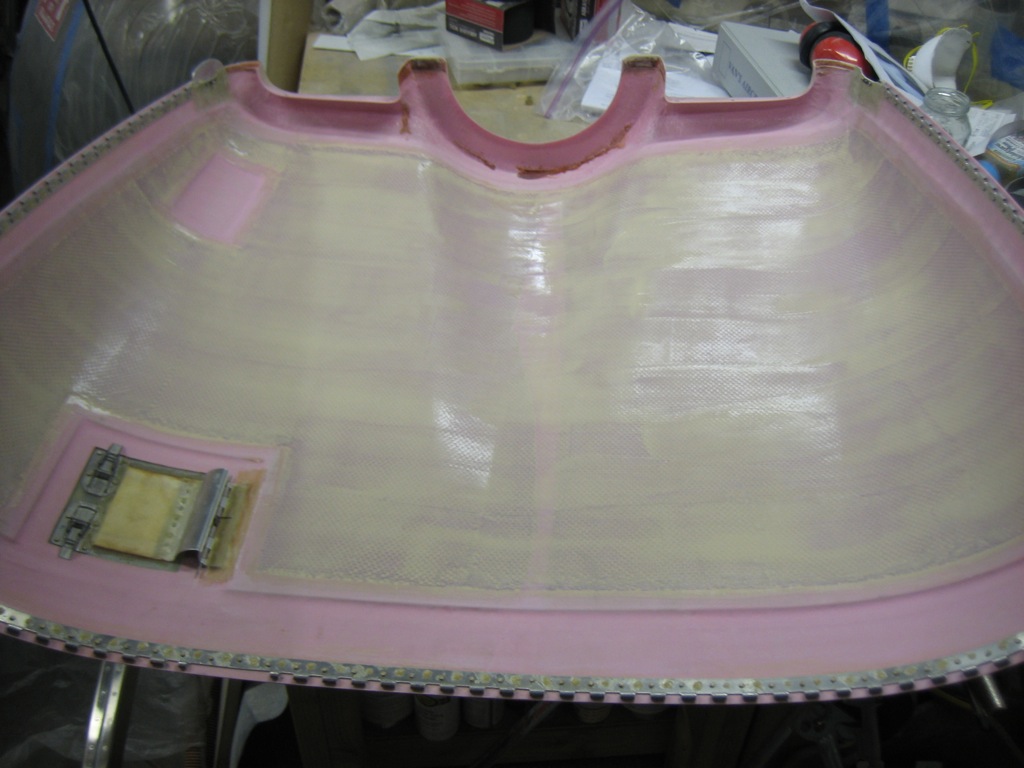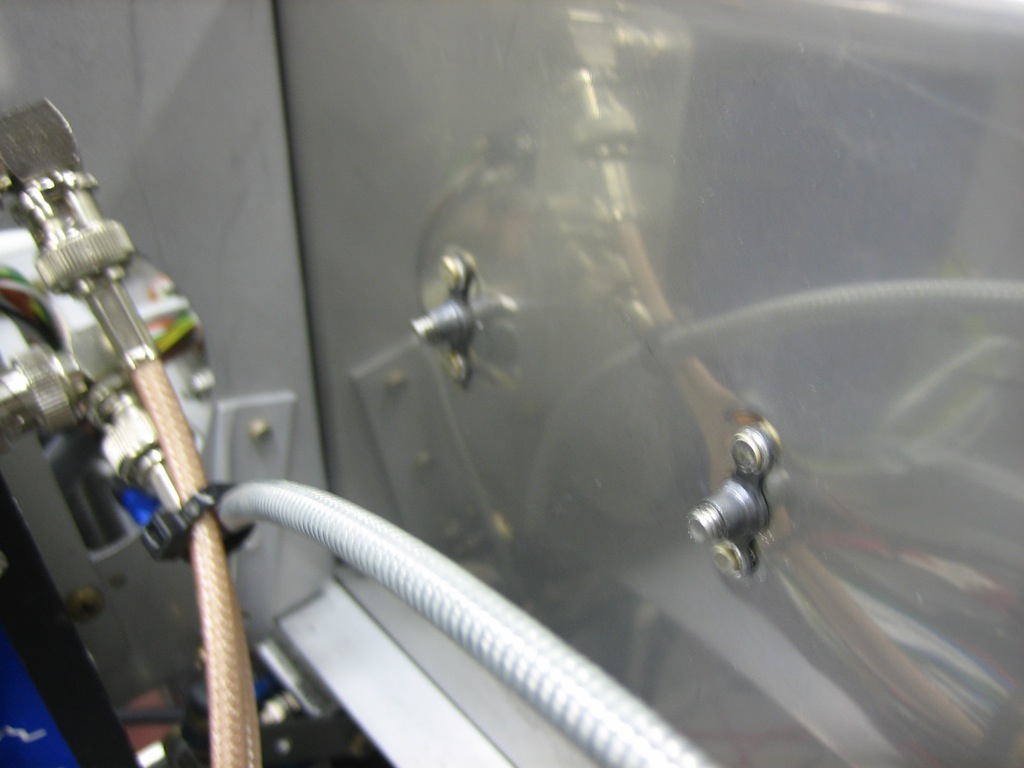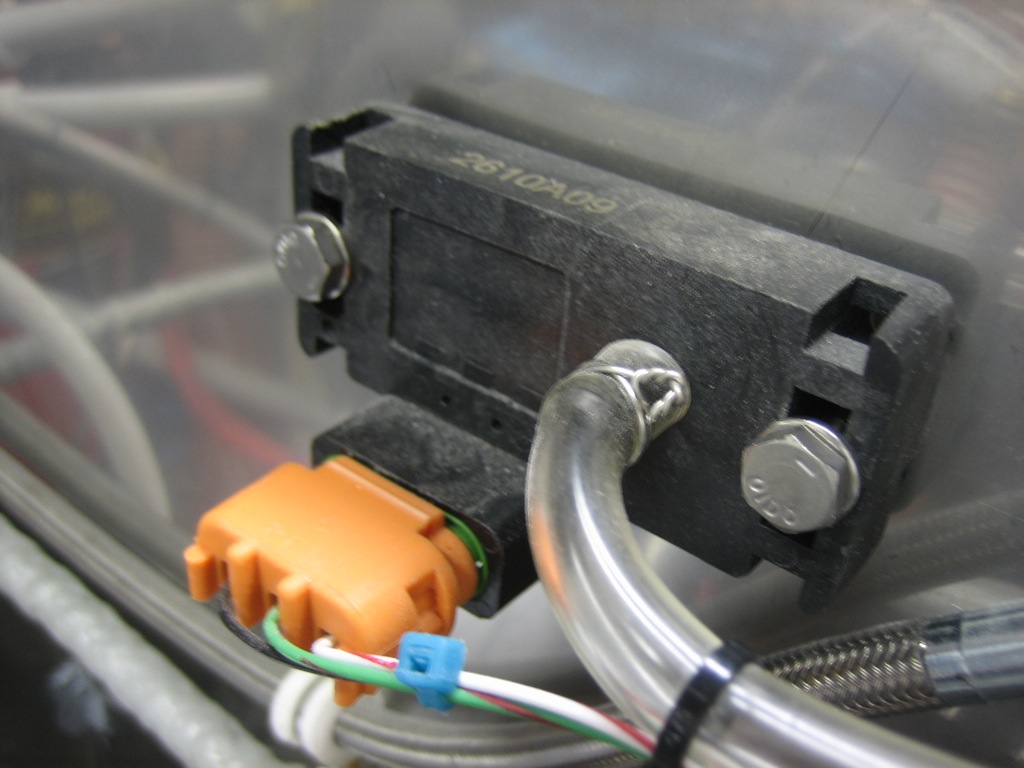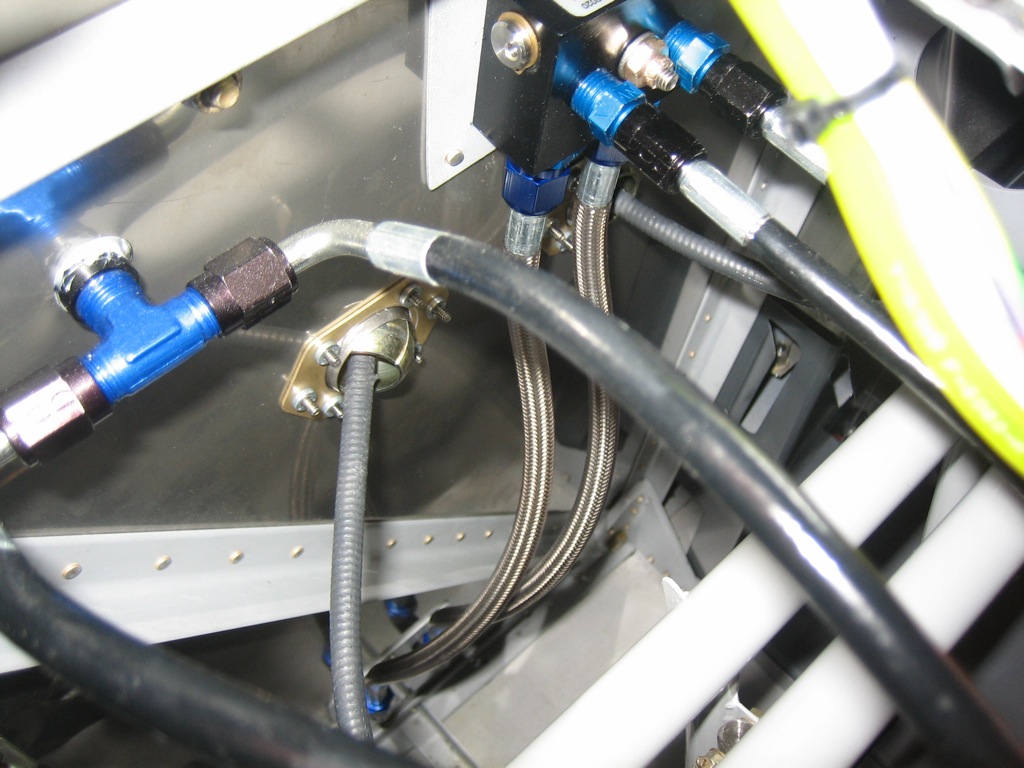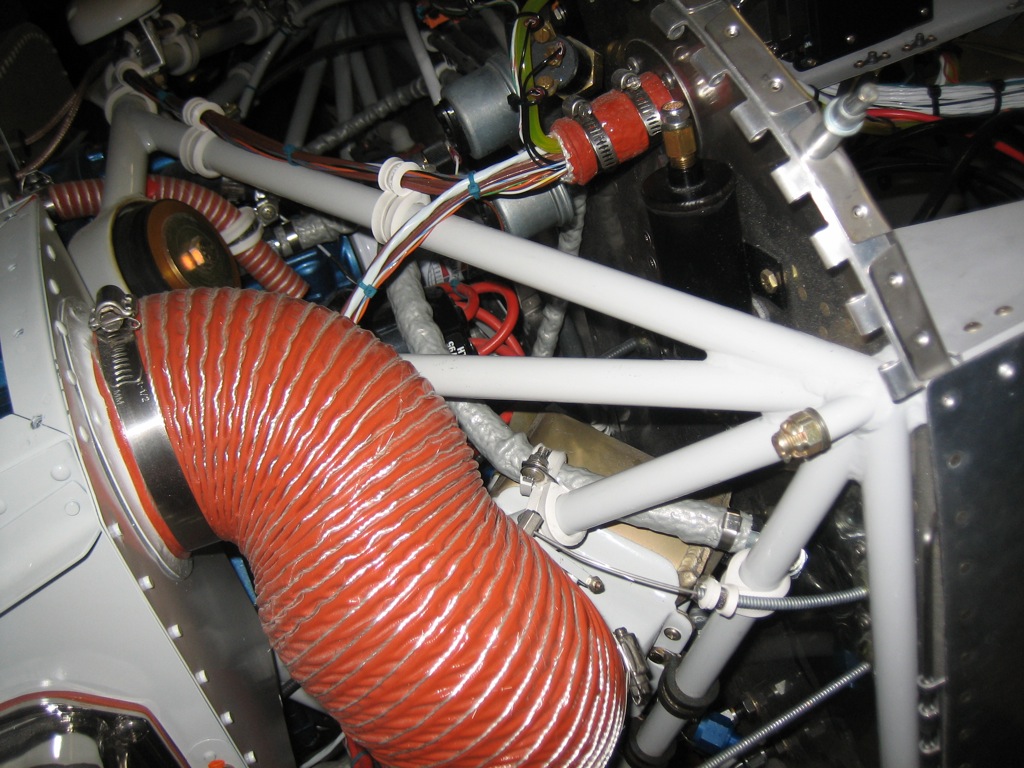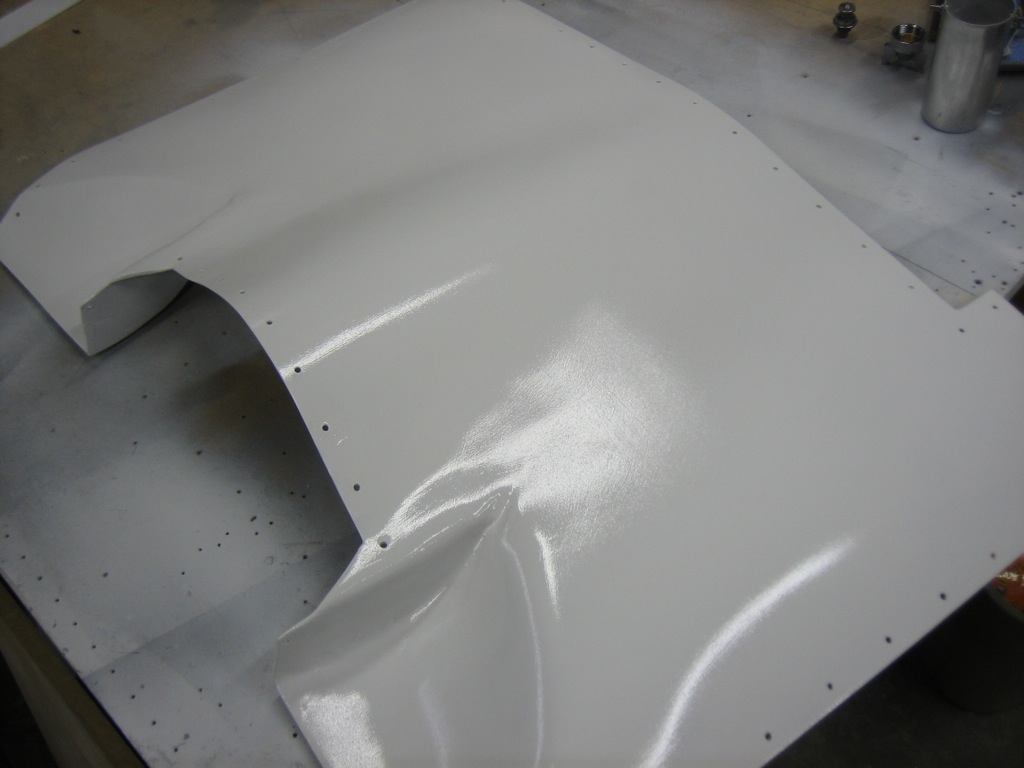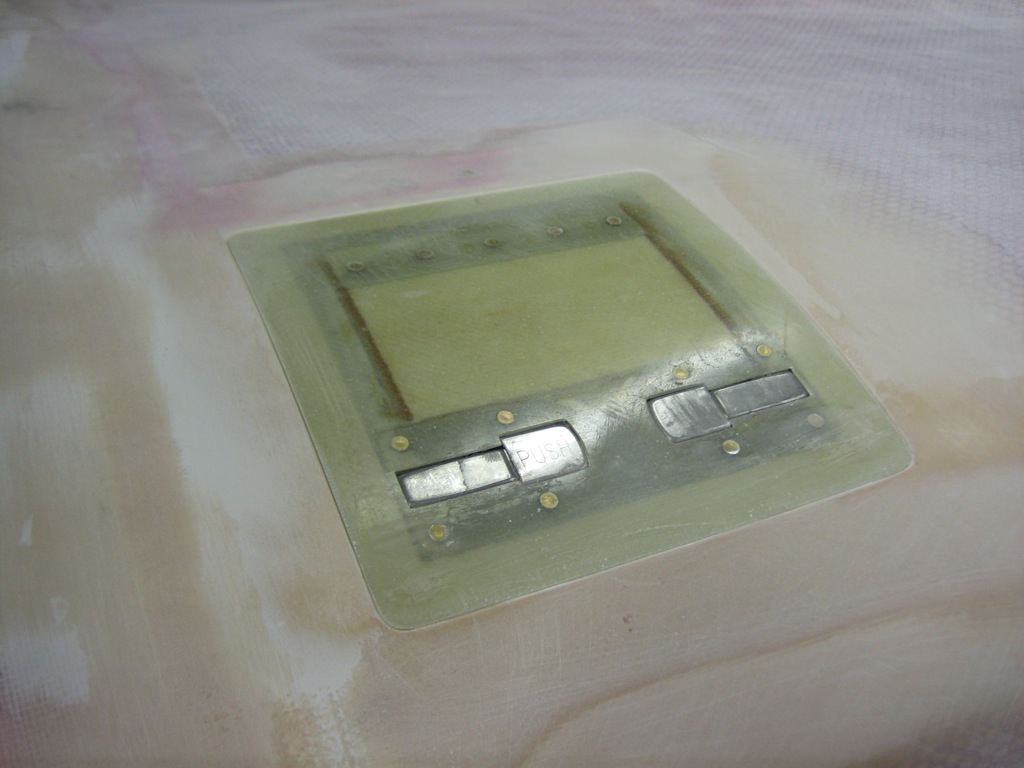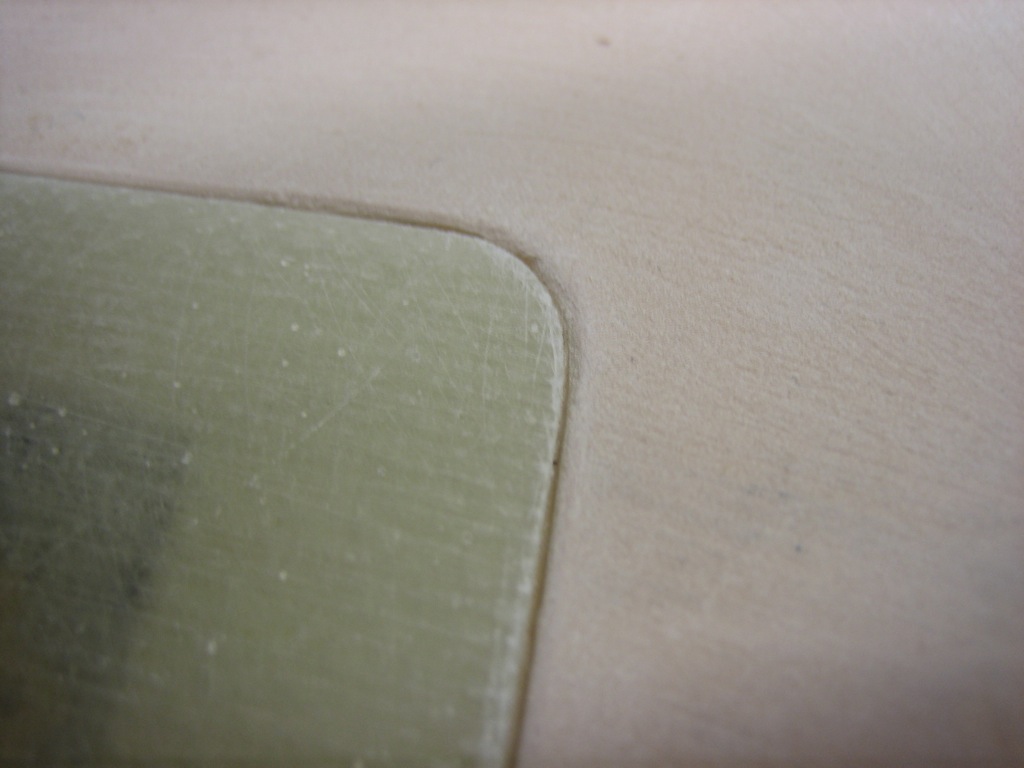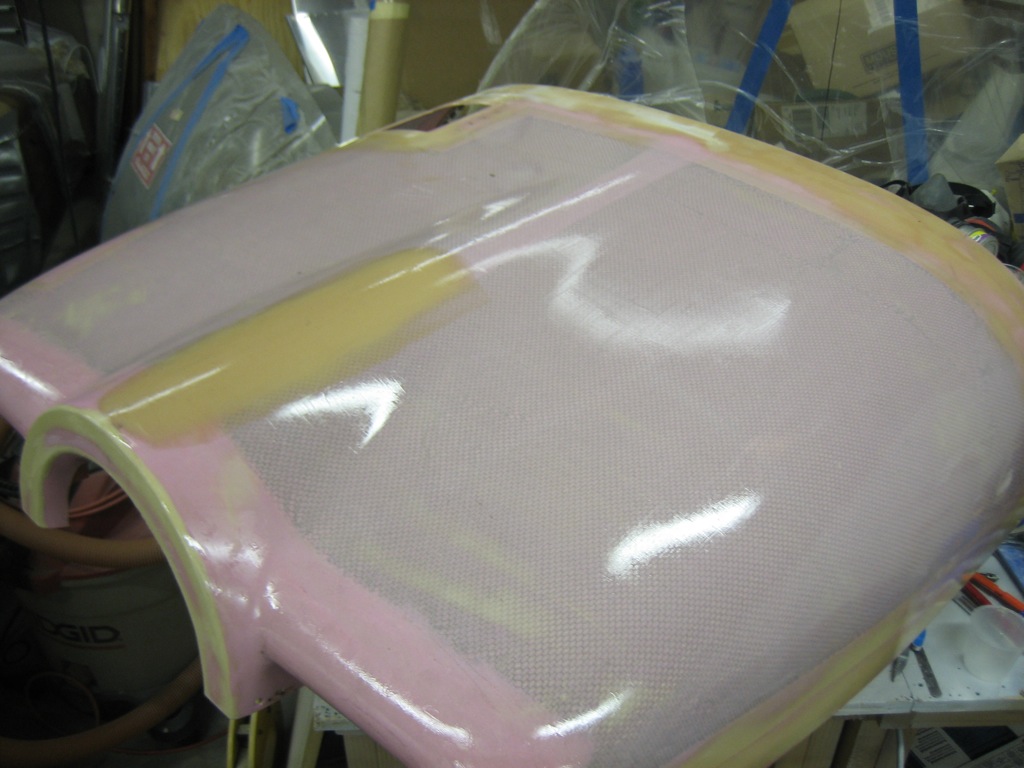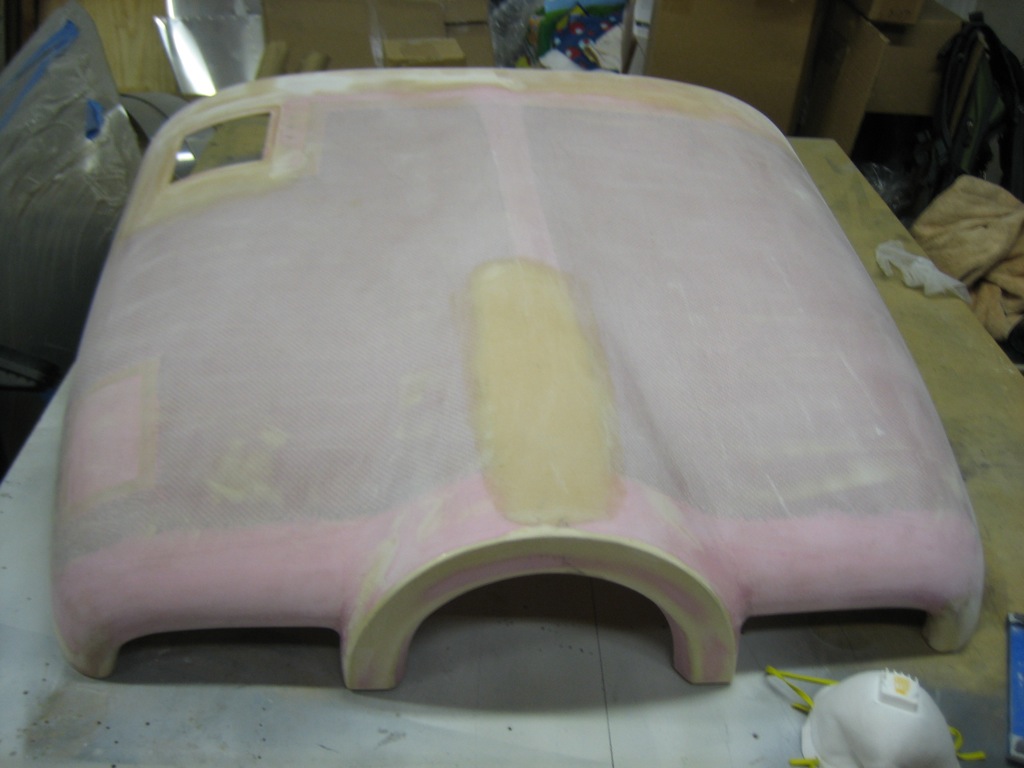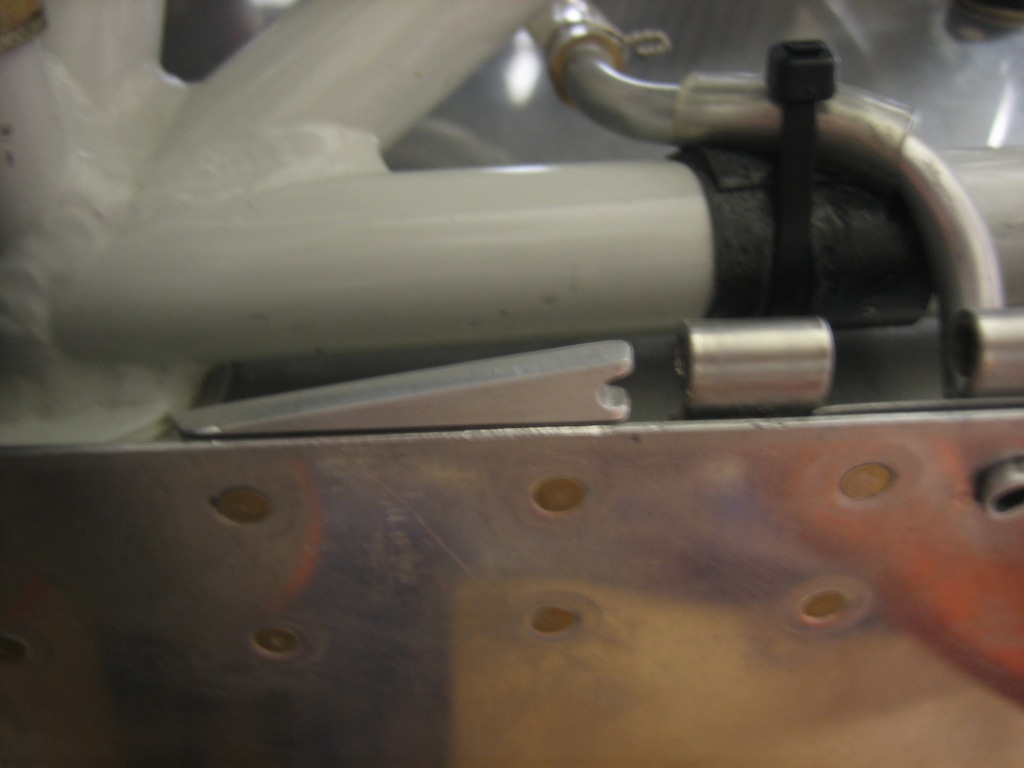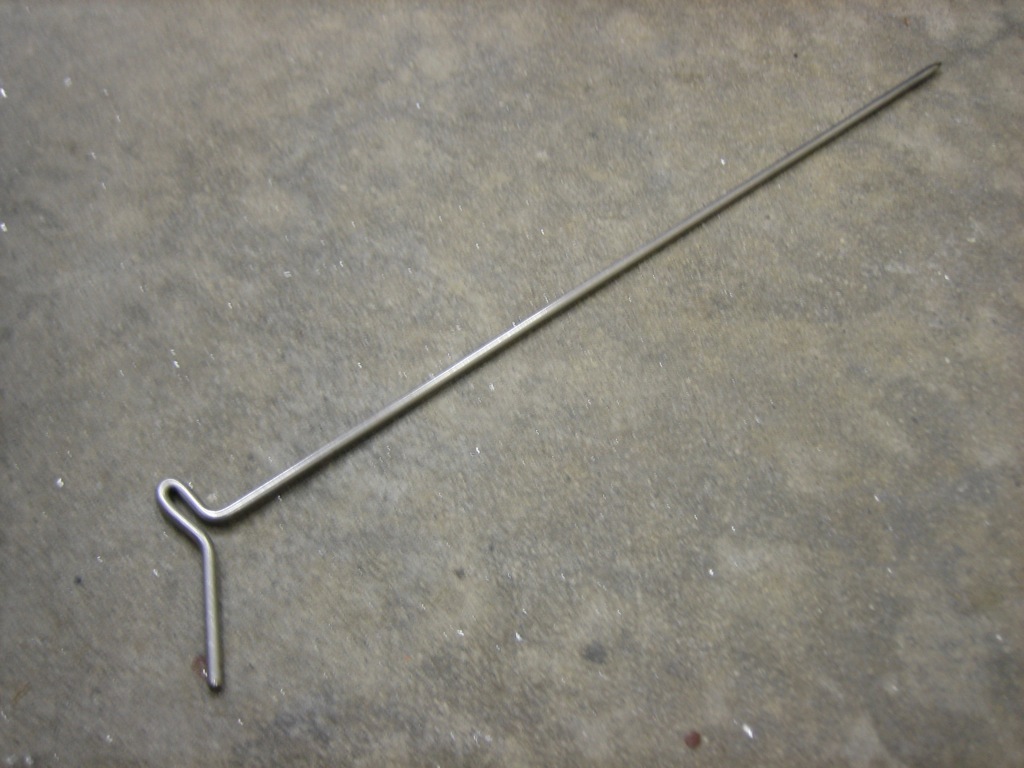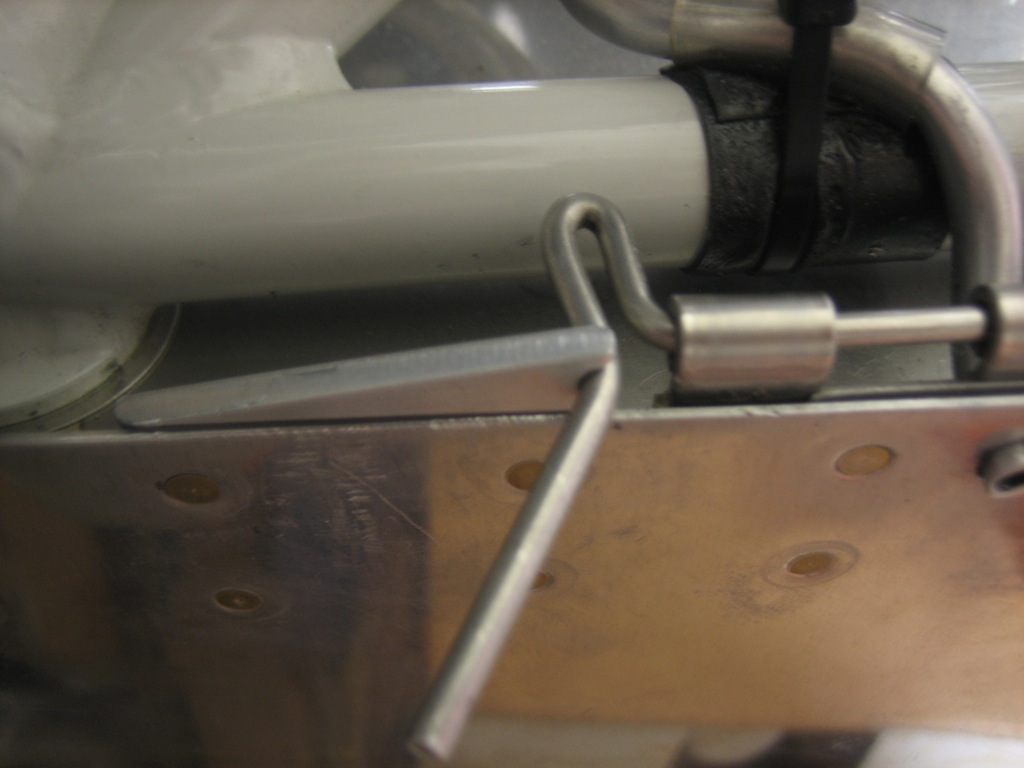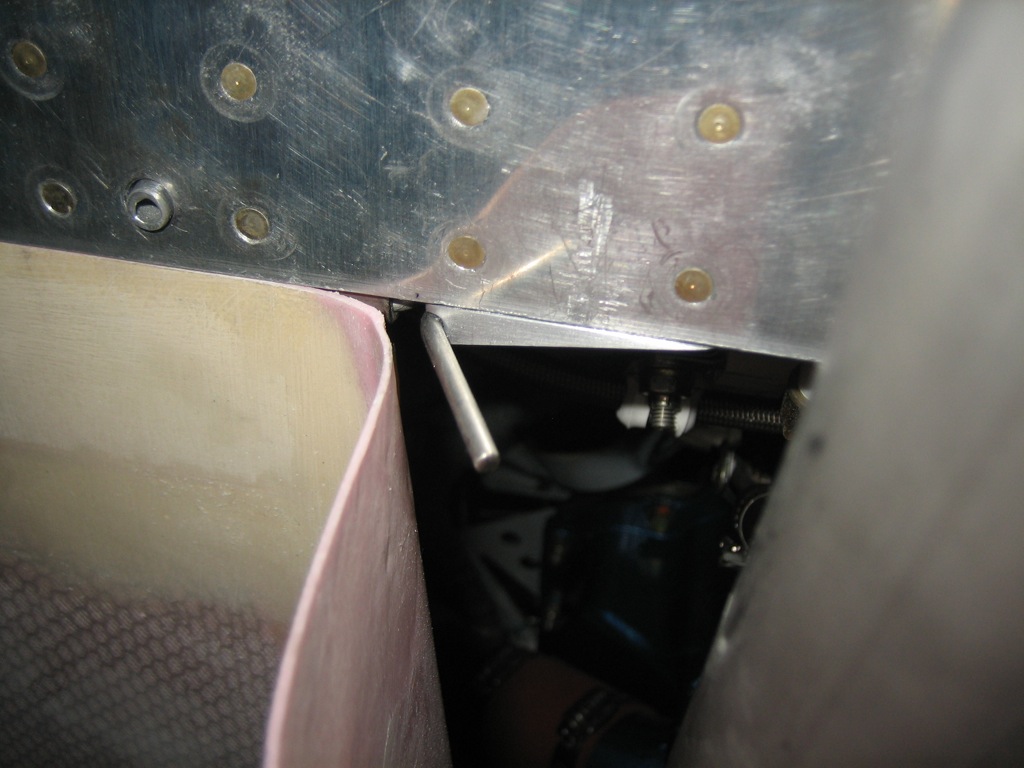Work has been absolutely killing me lately. I’ve been working 7 days a week with almost no days off since February. I haven’t touched the project in over 6 weeks, but I took a little break today to work more on the lower cowl bottom hinges. The pins have been really hard to install for a couple of reasons. First, as I mentioned before, it’s just really awkward. There’s very little room to get your fingers in around the exhaust pipes to manipulate the hinge pin. The goal was to make it possible to remove the cowl without any tools, but I was having to use a scrap piece of hinge pin to push or pull on the pins. Second, there was a lot of friction making it really hard to install or remove the pins. I figured that if I could reduce the friction, maybe I wouldn’t need the scrap hinge pin. I tried lubrication, but that didn’t solve the problem. I spent some time adjusting the hinge eyelets which helped a bit, but it didn’t fully solve the problem. I decided to try drilling out the eyelets by about 0.010″. I got one side done, then broke the bit off in the hinge. I tried for awhile to remove the broken bit before giving up.
Given how much of a pain in the ass installing and removing these pins has been, I’ve been questioning my decision to use hinges here. Although the goal was to be able to install and remove the cowl without any tools, I still needed a phillips screwdriver to remove the side hinge cover plates. The broken bit pushed me over the edge and I decided to remove the hinges and use Skybolt 1/4 turn fasteners on the bottom of the cowl. I drilled out the hinges on the firewall along with the retaining clips.
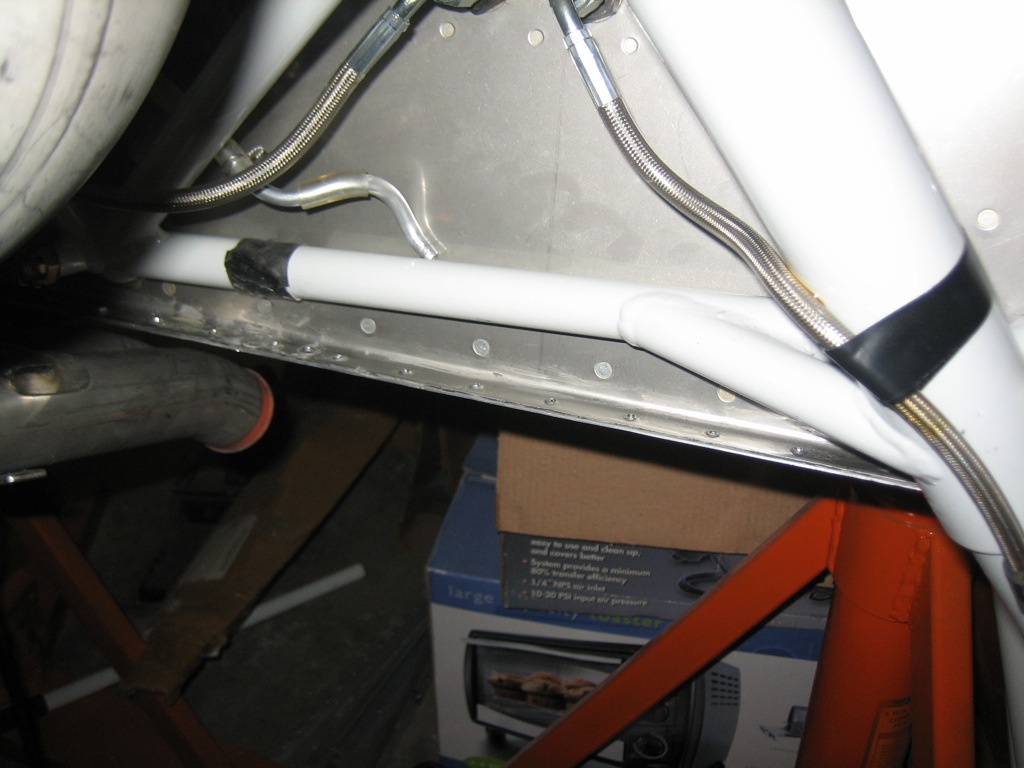
I also drilled out the rivets holding the hinges to the cowl and then popped it off. The hinge was installed with epoxy/flox, so I was worried that I wouldn’t be able to separate it from the cowl. This was, fortunately (or unfortunately) a lot easier than I thought. Once I got one end separated, I could work a screwdriver under the edge and progressively pop it loose. I now just need to figure out which Skybolt parts to order.
